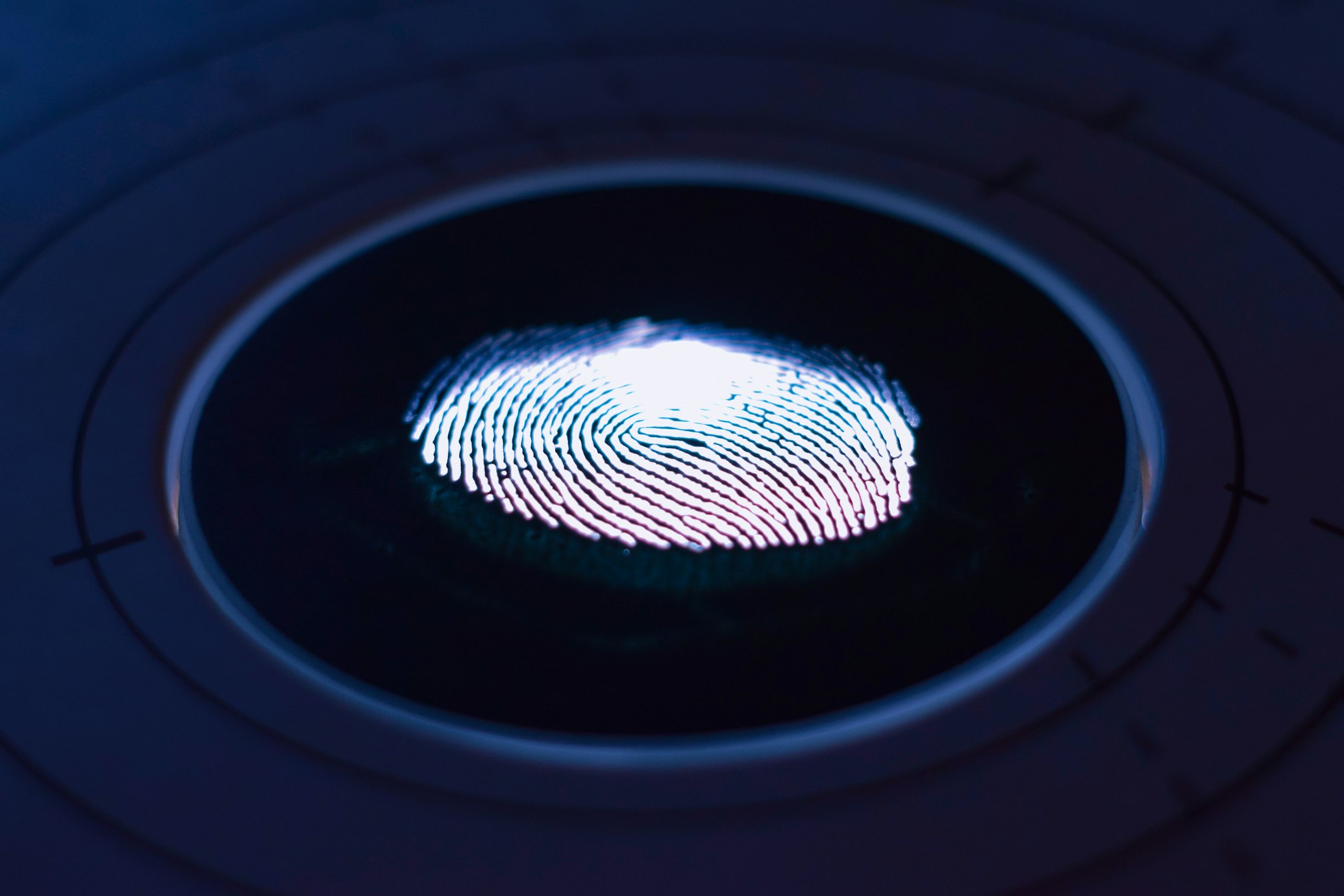
In the world of customer service, trust is not a luxury; it’s a necessity. The 21st century has ushered in remarkable developments in customer experience (CX) technology, with biometrics emerging as the cornerstone of customer verification. It’s a burgeoning field that promises to revolutionize the way businesses and customers interact, mitigating fraud and enhancing user experience.
The Rising Tide of Biometric Adoption
Modern businesses strive for efficiency, and technology has always been their steadfast ally in this pursuit. Traditional methods of customer verification, such as passwords and PINs, are gradually giving way to biometric solutions. According to a report by Mordor Intelligence, the global biometric system market size is expected to reach $66.4 billion by 2025, with a compounded annual growth rate (CAGR) of 14.2% from 2020 to 2025.
The Power of Biometrics in Customer Verification
Biometric technologies like facial recognition, fingerprint scanning, and voice recognition bring an unprecedented level of security to customer verification processes. These systems leverage unique physical or behavioral traits to verify customer identity, making it virtually impossible for fraudsters to bypass them.
A study by the National Institute of Standards and Technology (NIST) in 2021 showed that advanced facial recognition systems can now boast an accuracy rate of 99.97%. Such striking accuracy not only reduces the risk of false positives but also minimizes the need for intrusive background search that can hinder the customer experience.
Boosting Customer Confidence and Satisfaction
The rise of CX biometric technology doesn’t just benefit businesses; it also significantly enhances the customer experience. According to a 2022 survey by Visa, 53% of consumers prefer biometric authentication due to its perceived higher security and the convenience of not having to remember passwords. This seamless experience is crucial in fostering customer loyalty and trust.
Moreover, the use of biometrics can also improve the speed of service delivery. Biometric systems can process customer verification in real-time, a feature that’s indispensable in our fast-paced digital world. A report by PricewaterhouseCoopers (PwC) in 2023 revealed that 74% of customers now expect immediate service in their interactions with businesses, further emphasizing the importance of speed in customer service.
Demystifying Challenges and Crafting Solutions
However, the road to biometric adoption isn’t without challenges. It requires significant technological infrastructure, effective implementation strategies, and a profound understanding of potential risks. Cybersecurity threats, system vulnerabilities, and data breaches pose real concerns. To surmount these obstacles, businesses must invest in robust security measures, continuous system monitoring, and regular system upgrades. They should also conduct ongoing employee training to ensure the appropriate and secure handling of sensitive biometric data.
On the flip side, biometrics offer potential solutions to these challenges. Biometric encryption, for instance, can enhance data security by converting biometric data into a cryptographic key, thereby preventing direct access to the original biometric template.
Another challenge lies in bridging the digital divide. While many consumers are ready to embrace biometric technology, others, particularly those in underprivileged or rural communities, may not have access to the necessary technology. Businesses must therefore strategize to ensure that the adoption of biometric technology doesn’t inadvertently exacerbate existing inequalities.
Harnessing the Potential of AI
Artificial intelligence (AI) plays a pivotal role in the evolution of biometric technology. AI’s machine learning capabilities can increase the precision of biometric systems, learning from each interaction to improve accuracy and reliability over time.
In essence, the CX biometric technology journey is a delicate balancing act that demands a keen understanding of technology, privacy concerns, and customer expectations. However, with a strategic approach, it can revolutionize customer verification and offer a truly future-ready customer experience. Despite the challenges, the potential benefits of biometric technology far outweigh the difficulties, making it a worthwhile investment for forward-thinking businesses.
A Future-Ready Approach
As we look ahead, the role of biometric technology in customer verification will continue to expand. Innovations in this domain are already hinting at the use of more advanced methods, such as heartbeat and gait analysis, which could add another layer of accuracy and security to customer verification.
While biometric technology carries immense potential, it’s important for businesses to balance this with respect for customer privacy. Regulations like the European General Data Protection Regulation (GDPR) have set stringent guidelines for the use of biometric data, and companies must navigate these to ensure they are not infringing on customer rights.
In conclusion, CX biometric technology is redefining the future of customer verification in the service industry. By offering a potent combination of security, convenience, and speed, it promises to transform the customer experience and set new standards for business operations. As the age-old saying goes, “The customer is king,” and in the era of biometric technology, the king has indeed found a worthy throne.



